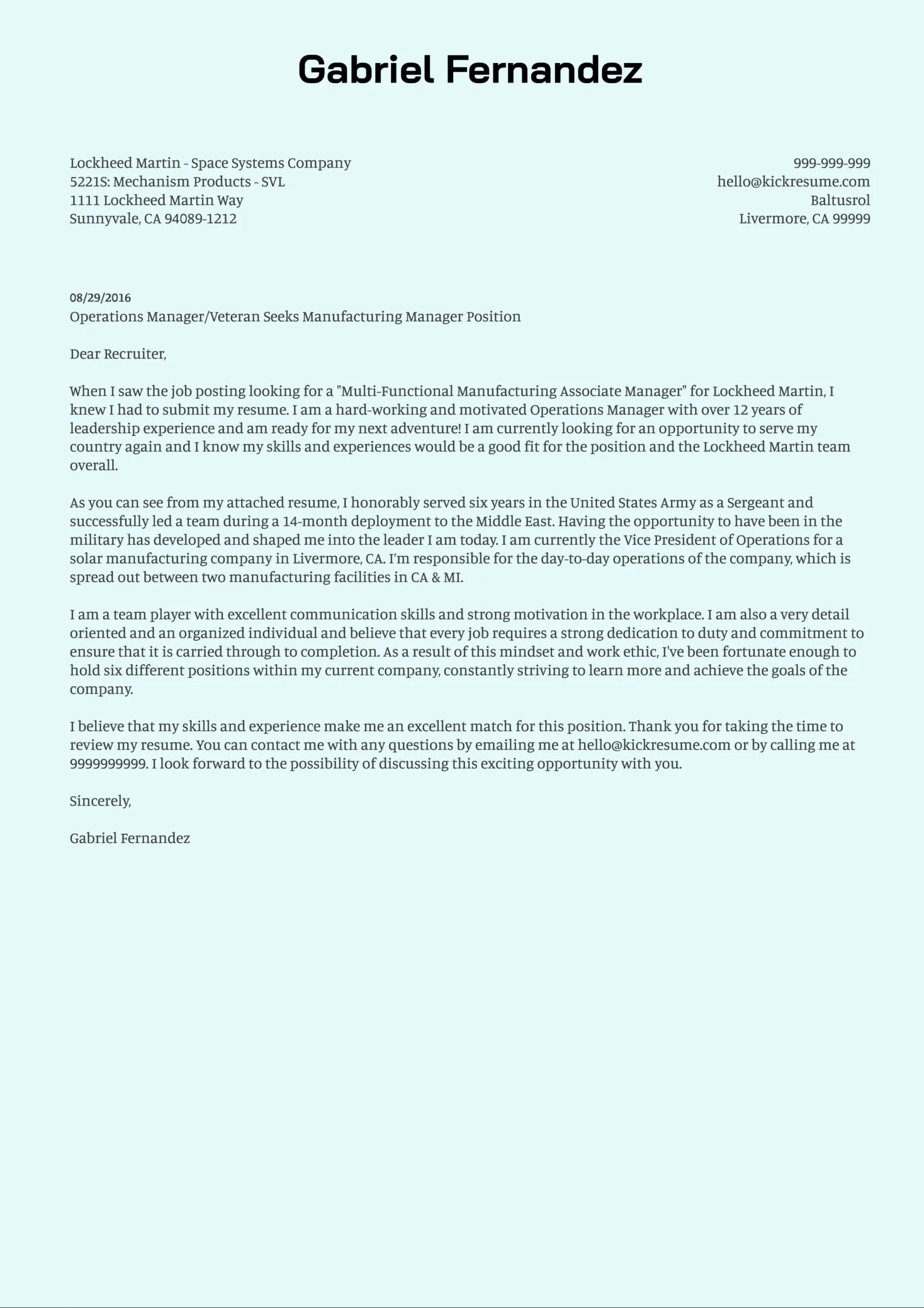What is a Cover Letter
A cover letter is a crucial document that accompanies your resume when applying for a job. It serves as a personalized introduction to the hiring manager, providing context and expanding on the information presented in your resume. Unlike a resume, which offers a concise overview of your skills and experience, a cover letter allows you to express your enthusiasm for the position, highlight relevant qualifications, and demonstrate how your skills align with the company’s needs. It’s an opportunity to tell your story and showcase your personality, making you stand out from other applicants.
Purpose of a Cover Letter
The primary purpose of a cover letter is to persuade the hiring manager that you are the right fit for the job. It allows you to showcase your understanding of the company, the role, and the industry. By demonstrating your knowledge and interest, you increase your chances of getting an interview. A well-crafted cover letter also provides an opportunity to explain any gaps in your employment history, address potential concerns, and emphasize your unique selling points. It’s a chance to make a strong first impression and set the stage for a successful application.
Key Components of a Cover Letter
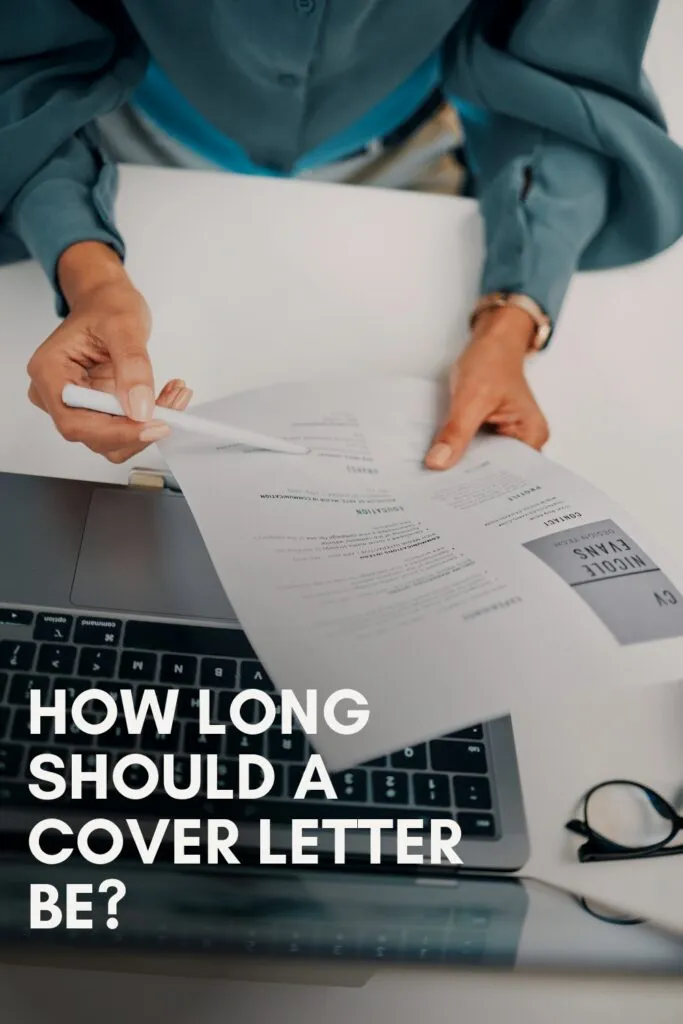
A compelling cover letter typically includes several key components. It should start with a professional header that includes your contact information. The salutation should address the hiring manager by name whenever possible; if not, use a general greeting like ‘Dear Hiring Manager’. The opening paragraph should state the position you are applying for and how you learned about it. The body of the letter should highlight your relevant skills and experience, providing specific examples of your achievements. The closing paragraph should reiterate your interest, express your gratitude, and include a call to action, such as inviting the hiring manager to contact you for an interview.
Situations When a Cover Letter is Needed
While not always mandatory, a cover letter is often a vital component of a job application. Knowing when to include one can significantly improve your chances of success. There are several situations where a cover letter is not just recommended, but almost essential.
Applying for a Specific Job
When applying for a specific job, a cover letter is almost always necessary. It allows you to tailor your application to the specific requirements of the role and demonstrate your understanding of the company’s needs. This is your opportunity to highlight the most relevant skills and experiences, and explain how your qualifications align with the job description. A generic resume alone may not fully convey your suitability for the role. The cover letter enables you to articulate why you are the ideal candidate and what value you bring to the organization. This is where you sell yourself, making a direct connection between your abilities and the job requirements.
Tailoring Your Cover Letter
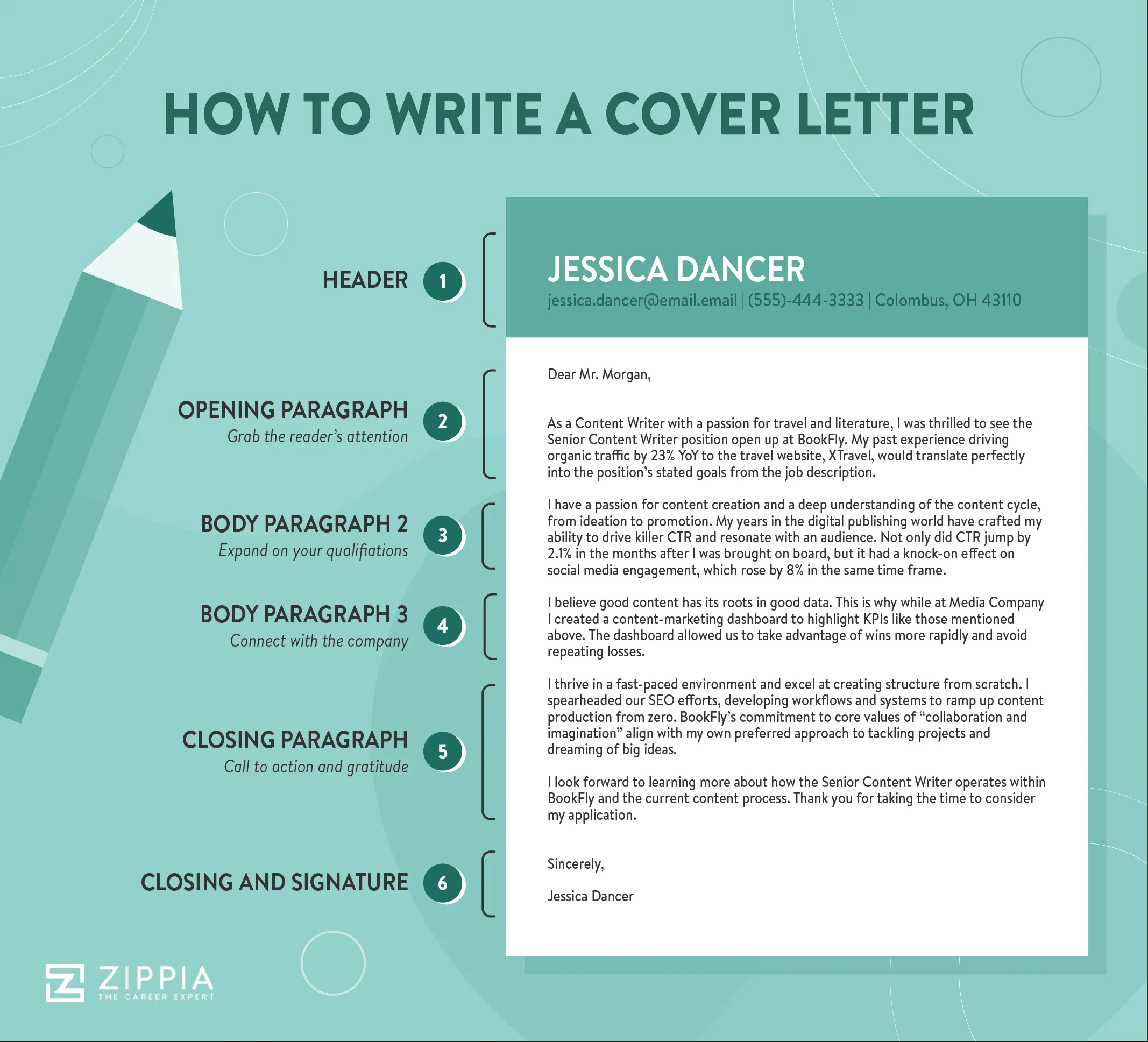
To be effective, a cover letter must be tailored to each job application. This means carefully reviewing the job description and identifying the key skills and qualifications that the employer is seeking. Then, in your cover letter, you should highlight your relevant experiences and achievements, providing specific examples of how you’ve demonstrated those skills in the past. Use the same language and keywords as the job description to demonstrate that you understand the role and can speak the employer’s language. This personalization shows that you’ve taken the time to understand the position and are genuinely interested in the opportunity.
Networking and Informational Interviews
When reaching out to people for networking purposes or informational interviews, a cover letter can be an effective way to introduce yourself and explain your goals. This letter, or email, allows you to provide context for your request, express your interest in the person’s work or company, and outline what you hope to gain from the conversation. It is a way to establish a professional connection and demonstrate your initiative and interest. A well-crafted introductory letter can help you make a positive first impression and increase the likelihood of a favorable response.
Following Up After an Interview
A thank-you note or follow-up email, which serves a similar purpose to a cover letter, is a crucial step after an interview. This correspondence allows you to reiterate your interest in the position, express your gratitude for the interviewer’s time, and reinforce your qualifications. You can also use it to address any points that you may have missed during the interview or to provide additional information that could strengthen your application. Sending a thank-you note demonstrates professionalism, attention to detail, and a genuine interest in the role, all of which can leave a lasting positive impression on the hiring manager.
Addressing Employment Gaps or Unusual Circumstances
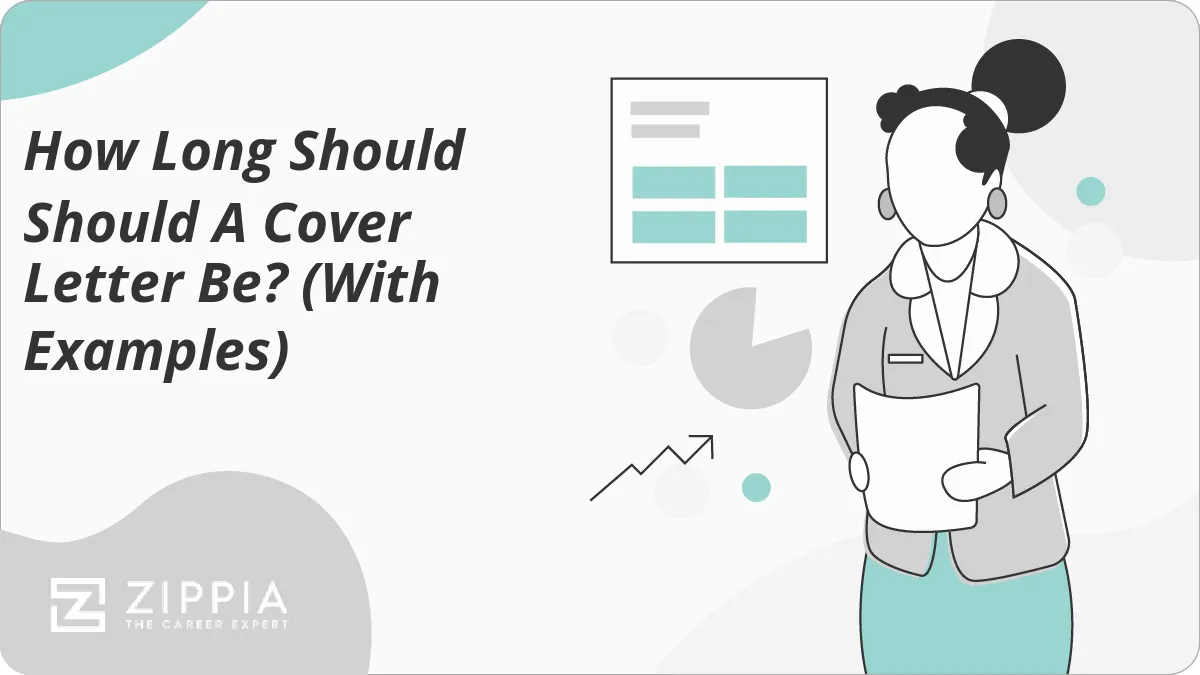
If there are any gaps in your employment history or any unusual circumstances that might raise questions, a cover letter provides an opportunity to explain them proactively. Briefly address the situation and provide a positive and professional explanation. By addressing these concerns head-on, you can alleviate potential doubts and demonstrate transparency. This shows that you are proactive and that you aren’t afraid to address potential issues. It is essential to maintain a positive tone, focusing on what you have learned from your experiences and the skills you have acquired.
Highlighting Transferable Skills
When transitioning careers or applying for a role that requires skills from a different industry, a cover letter is an excellent tool to highlight transferable skills. These are skills that are relevant across different job roles and industries, such as communication, problem-solving, and leadership. In your cover letter, you can connect your past experiences to the requirements of the new role, emphasizing how your transferable skills make you a strong candidate. This shows that you’re adaptable and able to bring value to a new setting, even if your experience is not directly aligned with the job requirements.
When a Cover Letter Might Not Be Necessary
Although cover letters are often necessary, there are some situations where they might not be explicitly required or even expected. It’s important to understand these nuances to avoid wasting time on an unnecessary cover letter and ensure that your application strategy is optimized.
Submitting an Online Application
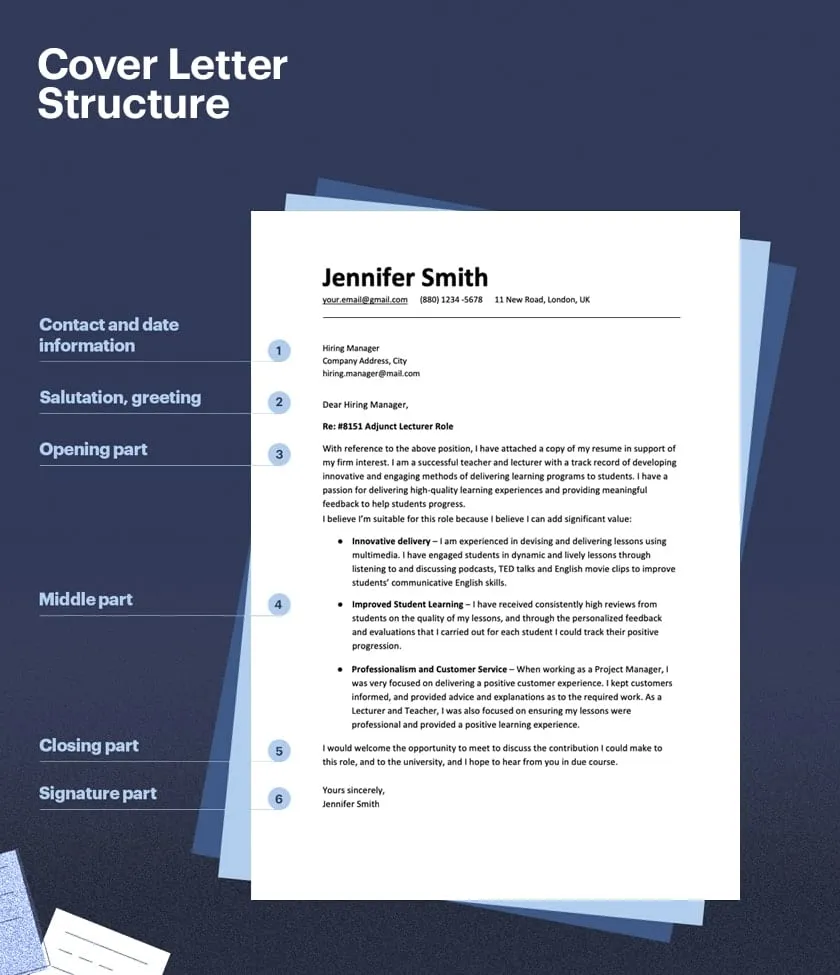
In some cases, when applying for jobs online, particularly through automated application systems, a cover letter might not be specifically requested or even accepted. This is especially true for large companies that receive thousands of applications. However, even if the system doesn’t have a dedicated field for a cover letter, always check to see if you can upload it as an additional document. If there’s no option, it’s probably okay to omit the cover letter in that instance, but always ensure that your resume is well-optimized and highlights your most relevant qualifications.
Sending a Resume to a Recruiter
When sending your resume to a recruiter, the necessity of a cover letter depends on the context. If the recruiter has specifically requested a cover letter, it’s essential to include one. However, if they haven’t requested it, you may be able to skip it. Often, recruiters are simply looking for a brief overview of your skills and experience, and your resume may suffice. Still, it’s always wise to include a brief, personalized email introducing yourself and explaining why you’re reaching out.
Best Practices for Writing a Cover Letter
Writing a compelling cover letter requires careful planning and execution. Following best practices ensures that your letter is effective and increases your chances of securing an interview. Here are some key tips to keep in mind.
Researching the Company and the Role
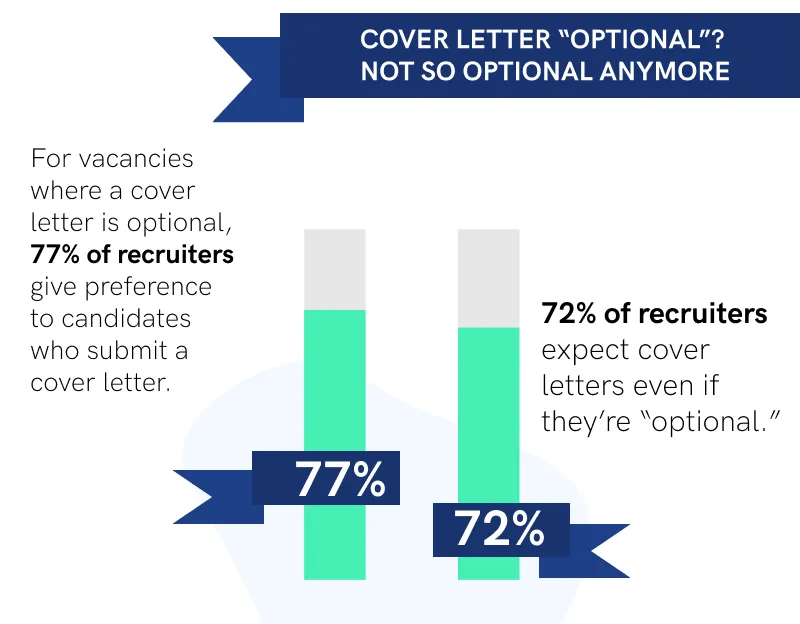
Before you begin writing your cover letter, research the company and the specific role you are applying for. Understand the company’s mission, values, and recent achievements. Review the job description carefully, paying attention to the required skills, experiences, and qualifications. This research will enable you to tailor your letter to the company’s needs and demonstrate your genuine interest in the opportunity. Use this information to highlight how your skills and experiences align with the specific requirements of the job.
Formatting Your Cover Letter
The formatting of your cover letter is crucial for making a positive first impression. Use a professional font, such as Times New Roman or Arial, with a font size of 11 or 12 points. Ensure consistent spacing and margins. Keep the letter concise, ideally no more than one page. Use clear and concise language, and avoid jargon. Break up large blocks of text into paragraphs to improve readability. Finally, use a professional letterhead or include your contact information at the top of the page. Ensure that the formatting is clean, easy to read, and visually appealing.
Proofreading and Editing Your Cover Letter
Proofreading and editing your cover letter is a critical step in the writing process. Errors in grammar, spelling, and punctuation can undermine your credibility and detract from your overall message. Carefully review your letter multiple times, and consider using a grammar-checking tool to catch any mistakes you might have missed. Ask a friend or family member to review your letter for clarity and accuracy. A polished, error-free cover letter demonstrates your attention to detail and professionalism. This final step is essential to ensure your application makes the best possible impression.
In conclusion, knowing when a cover letter is needed is vital for a successful job search. While not always required, a well-crafted cover letter can significantly enhance your application by showcasing your interest, skills, and personality. By understanding the situations where a cover letter is essential and following best practices, you can increase your chances of landing an interview and ultimately, securing your dream job.
